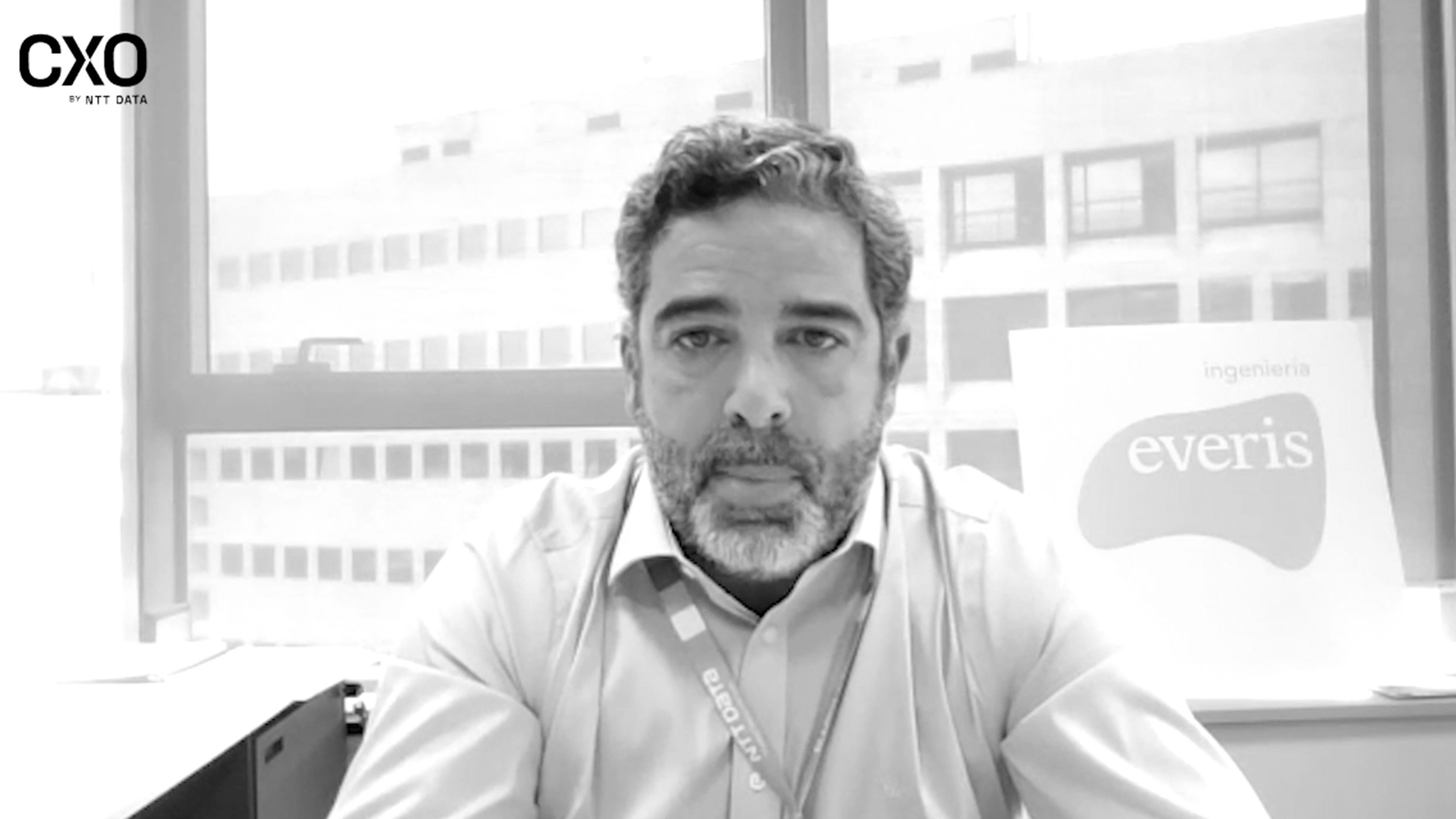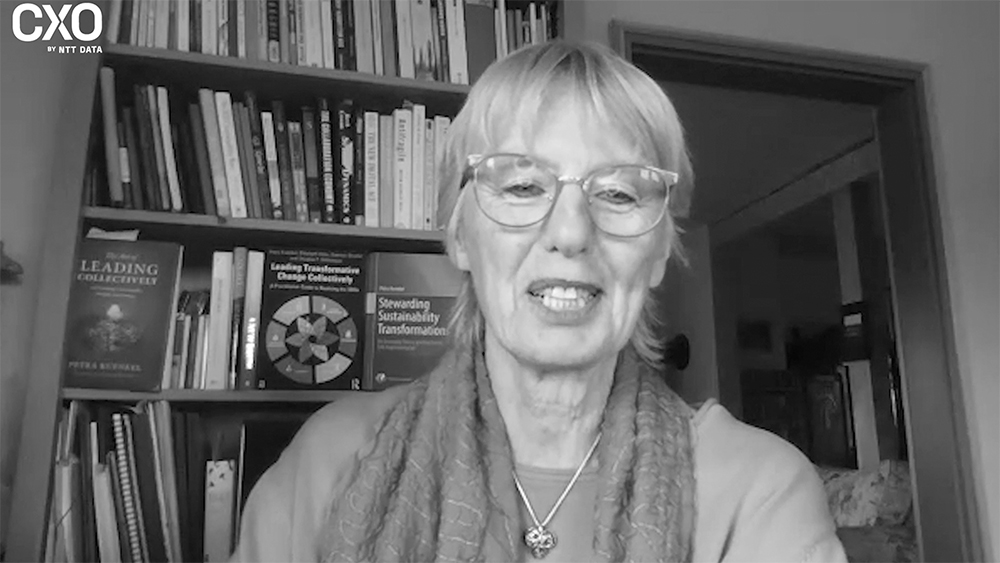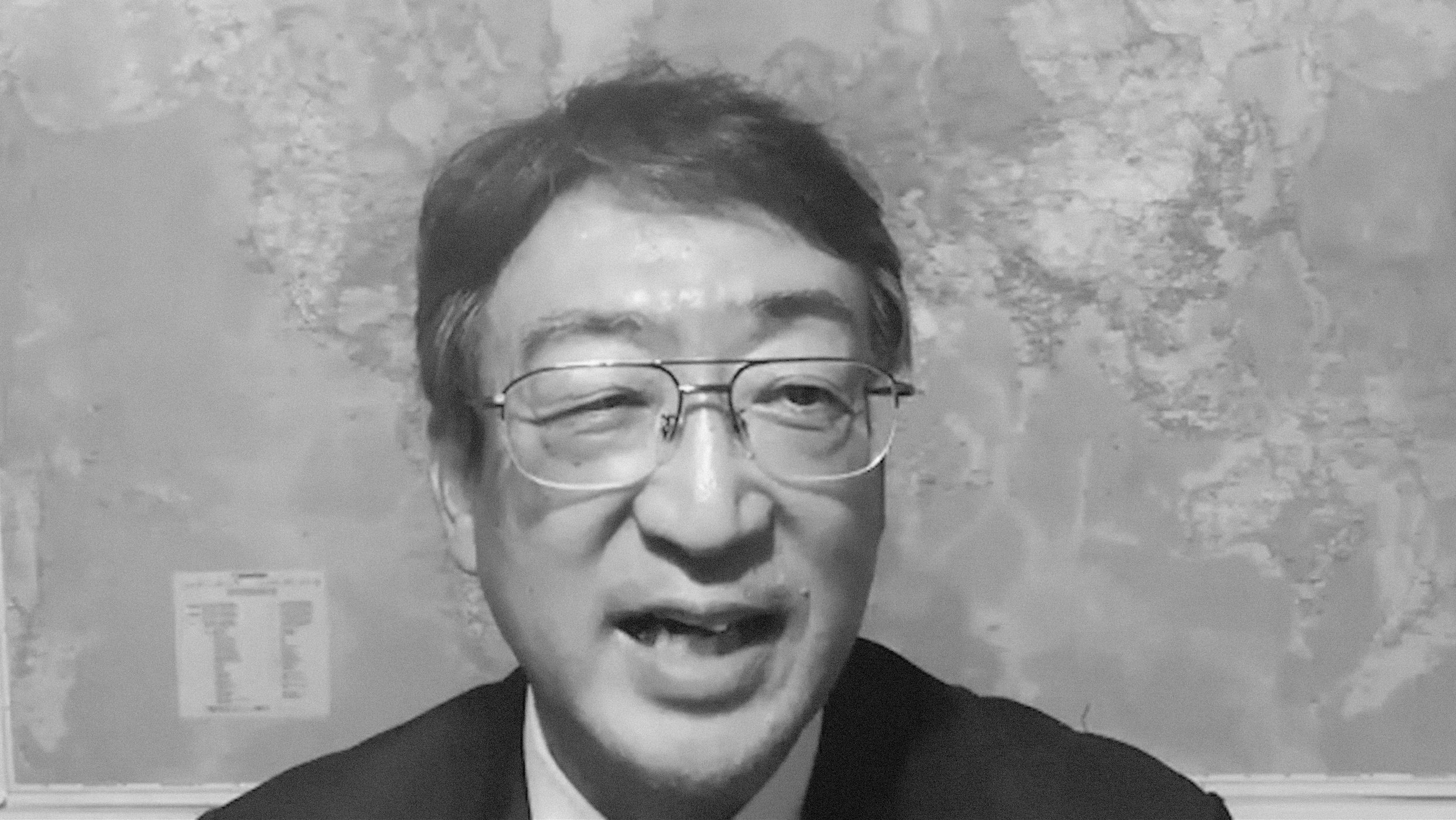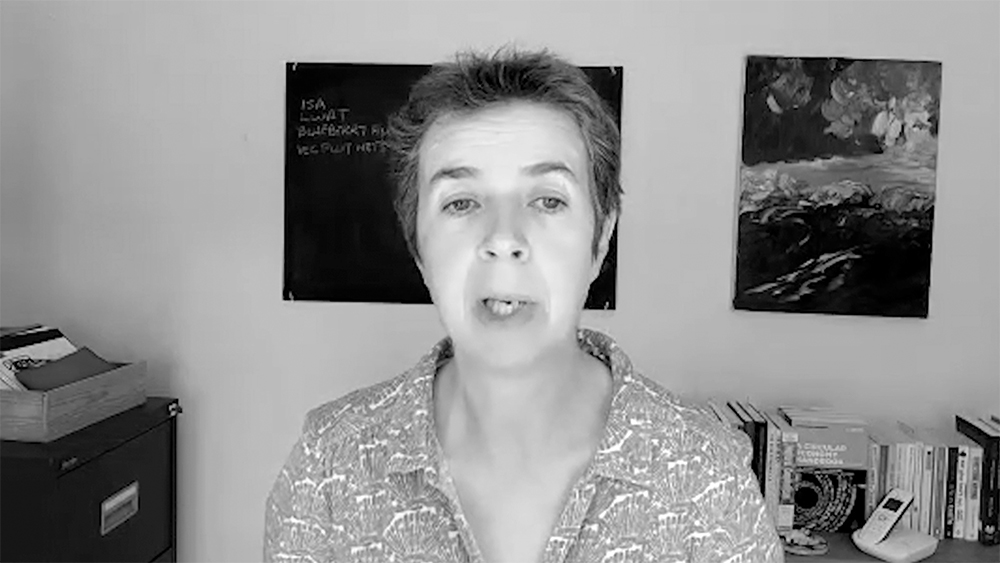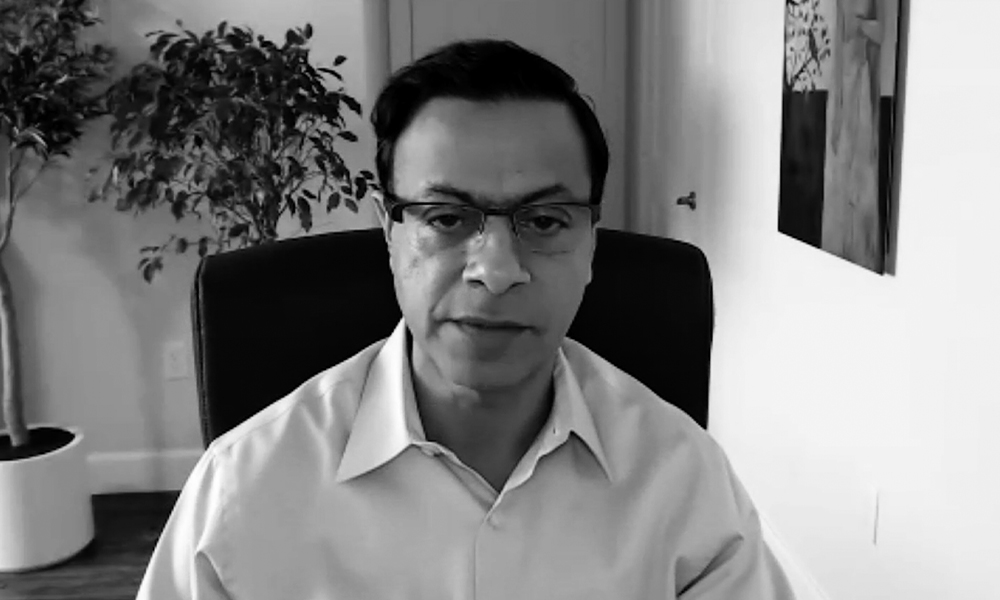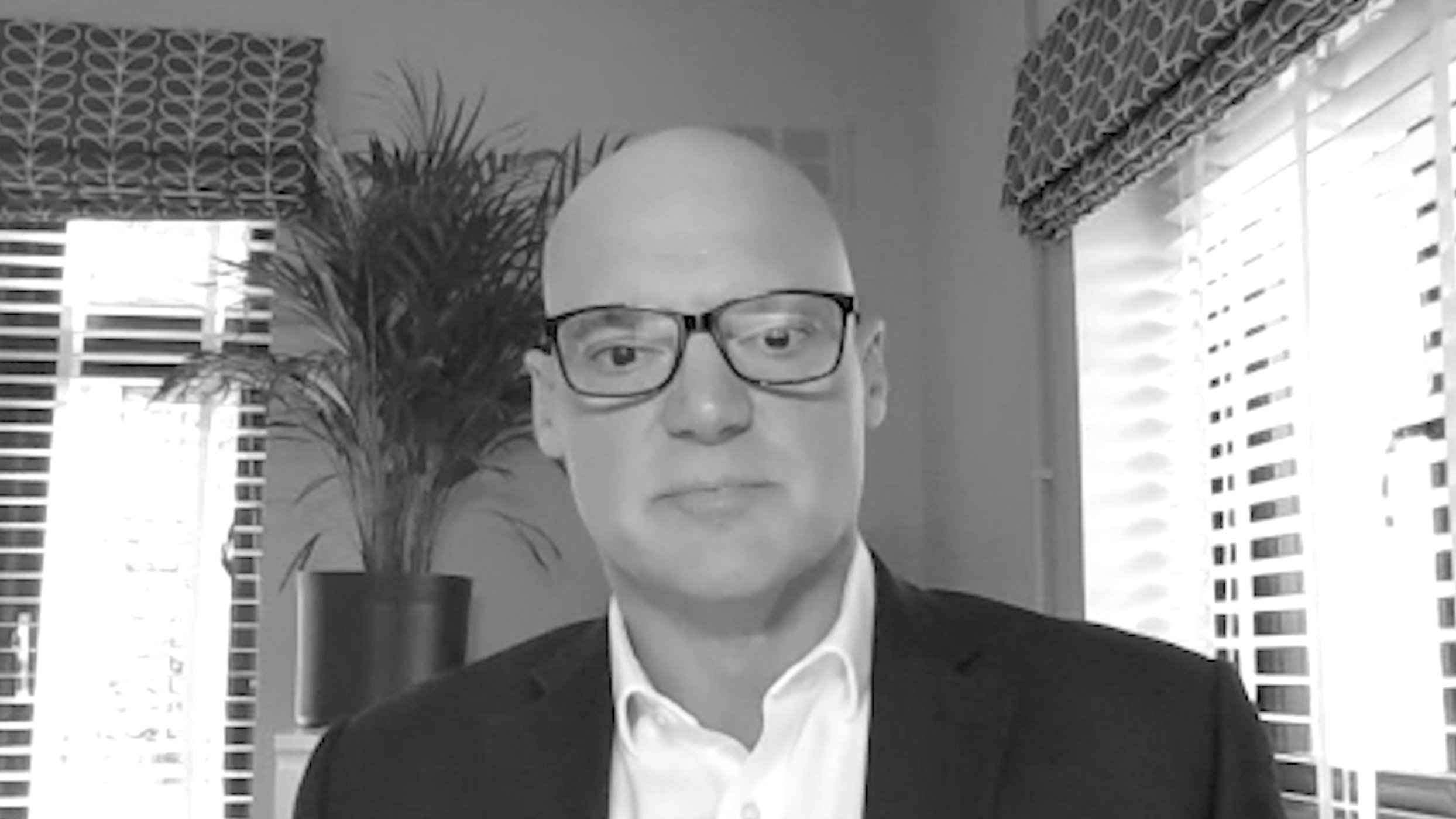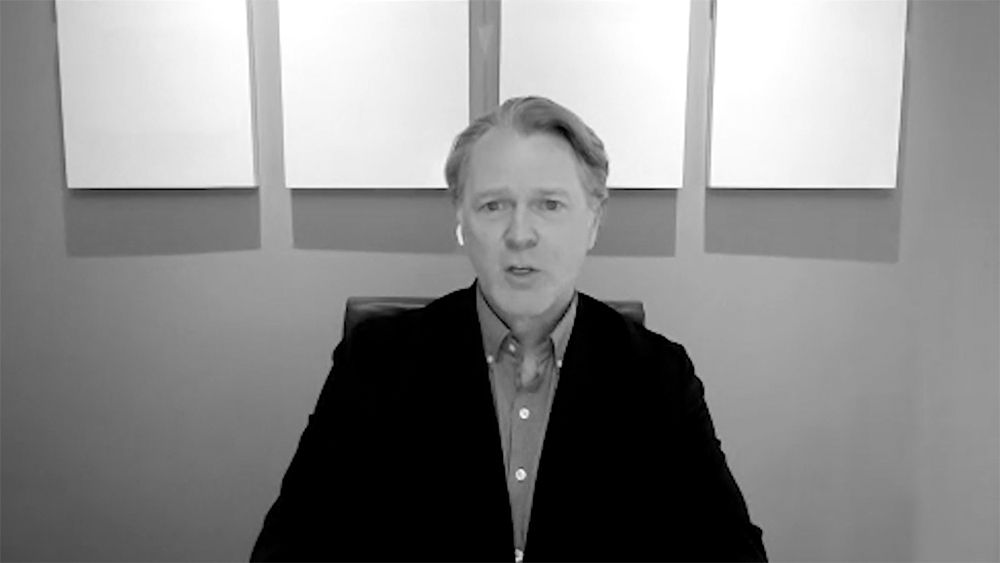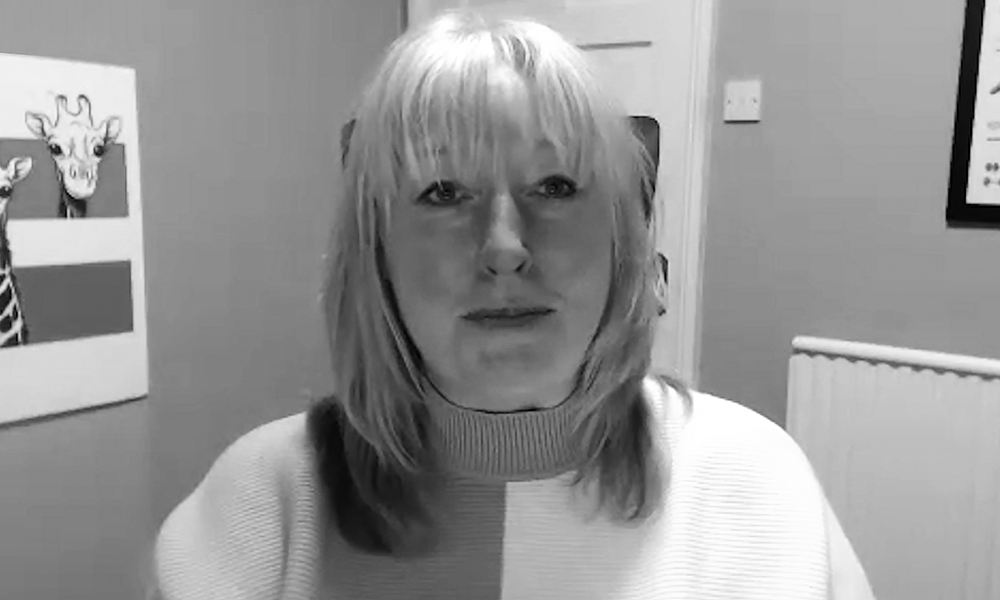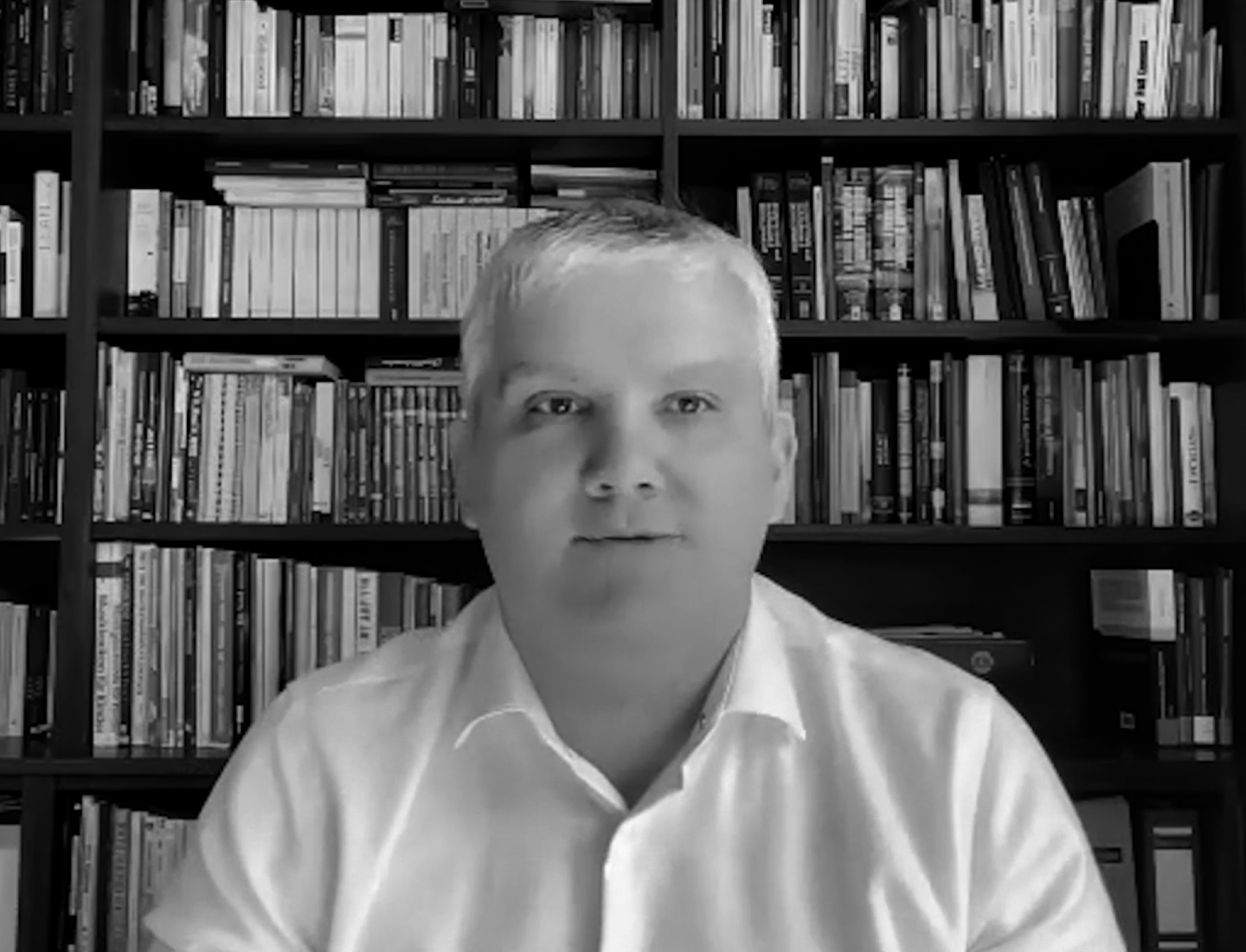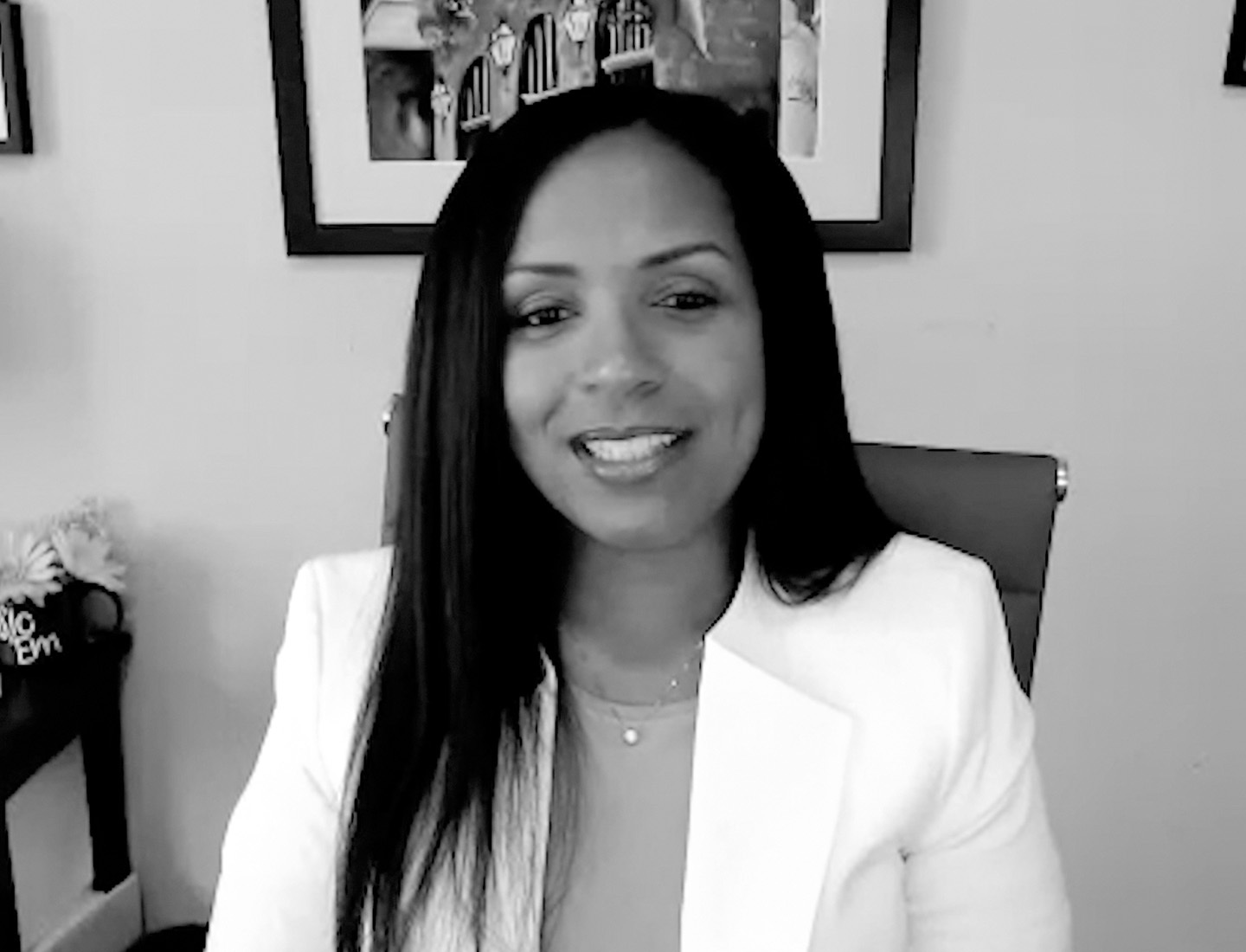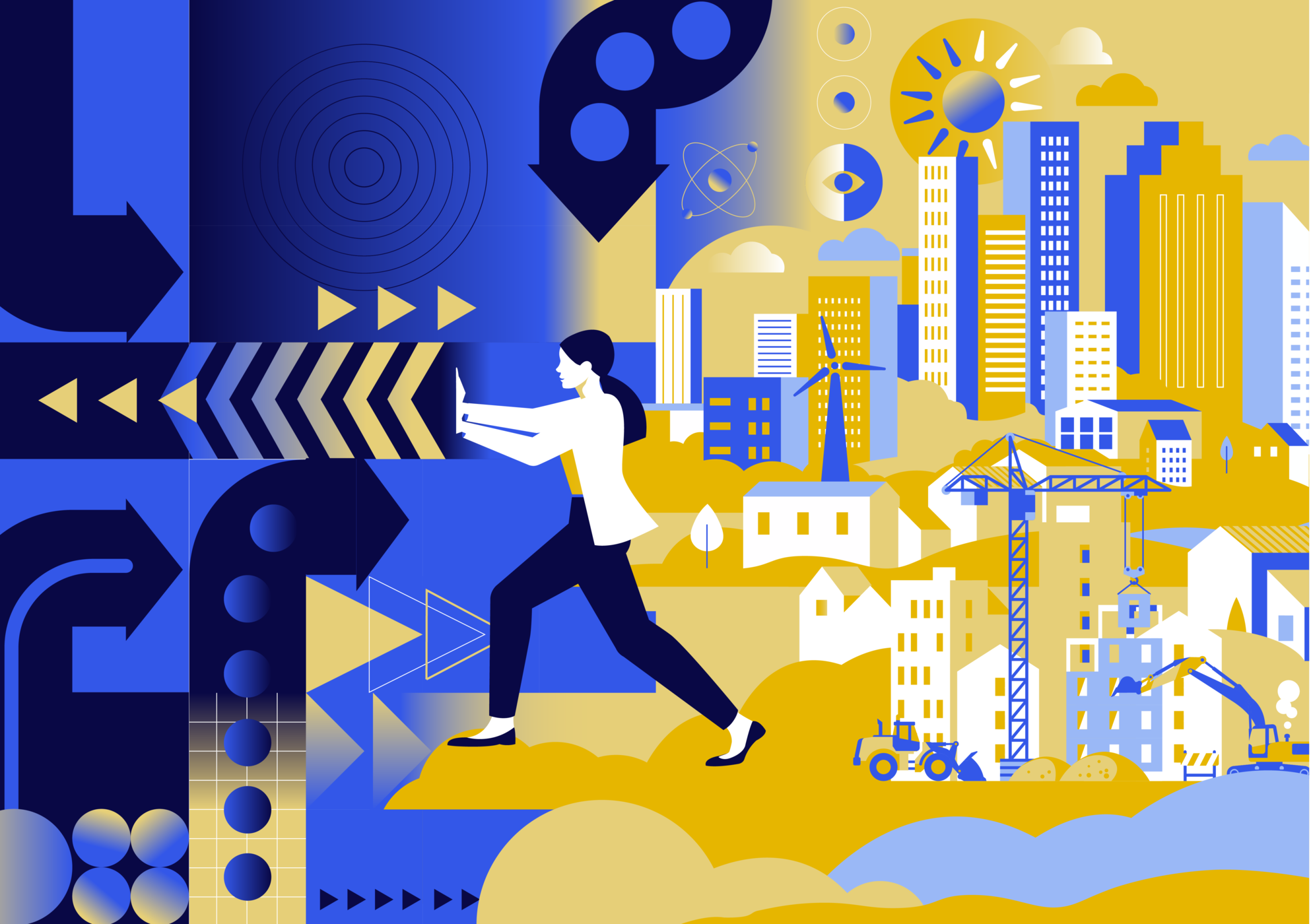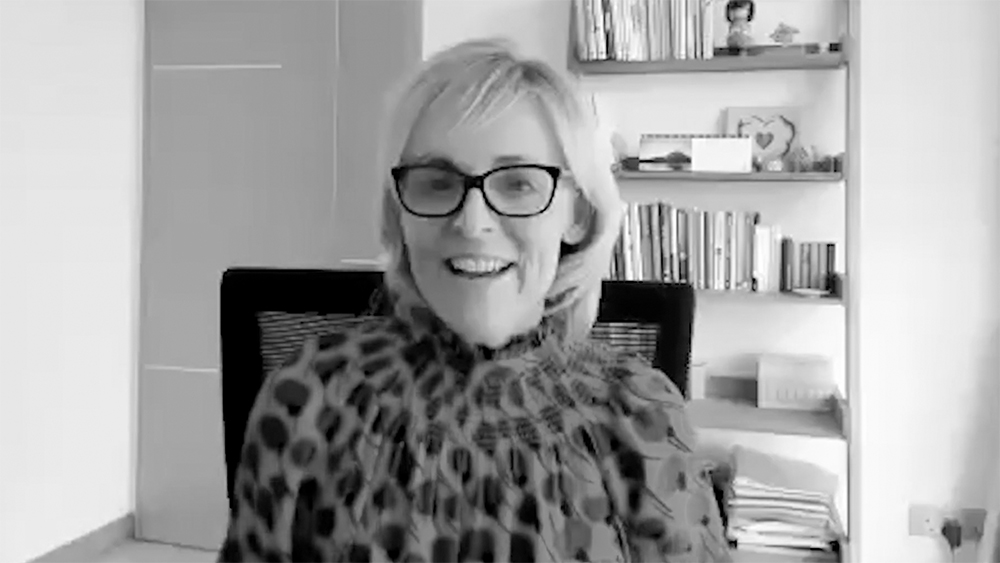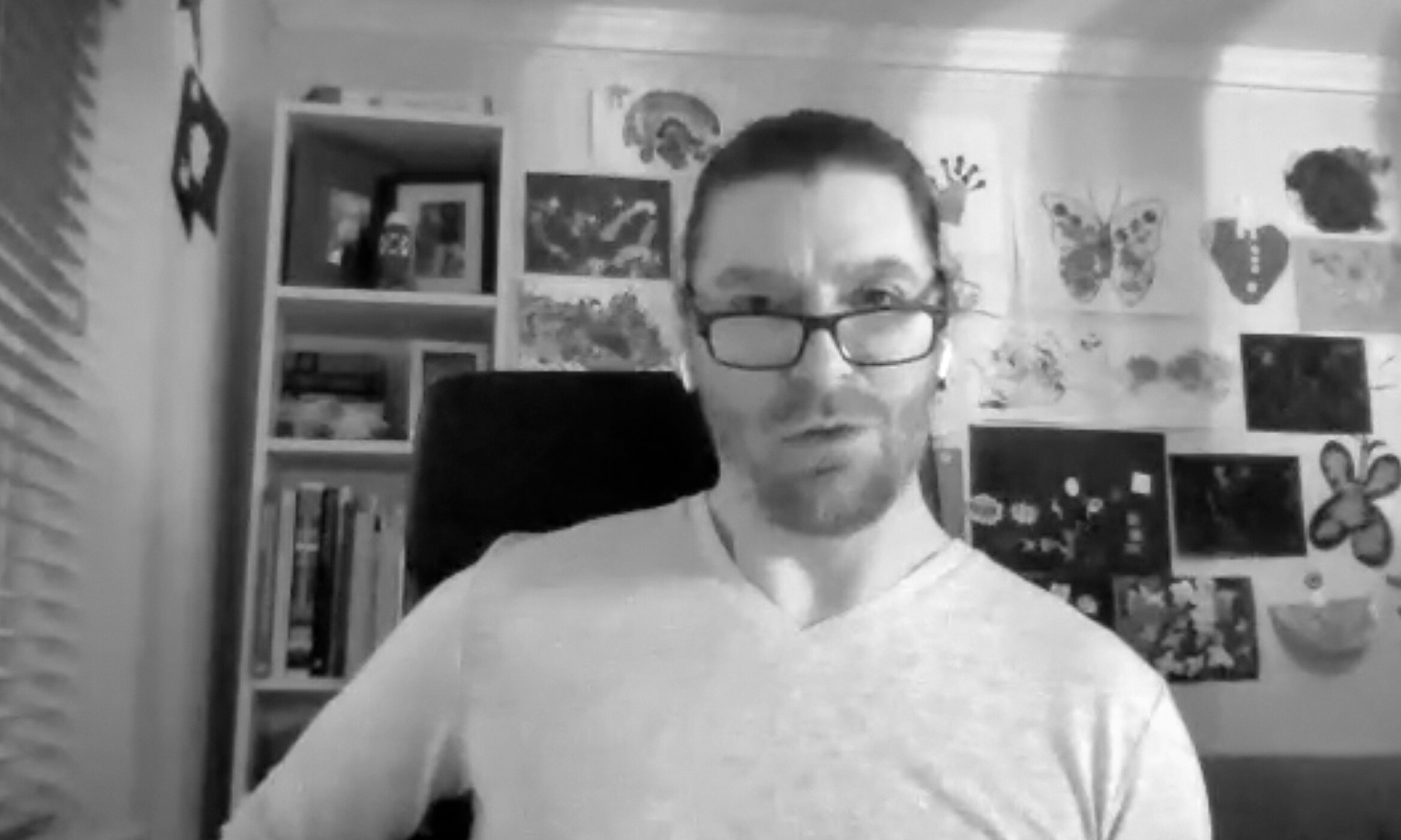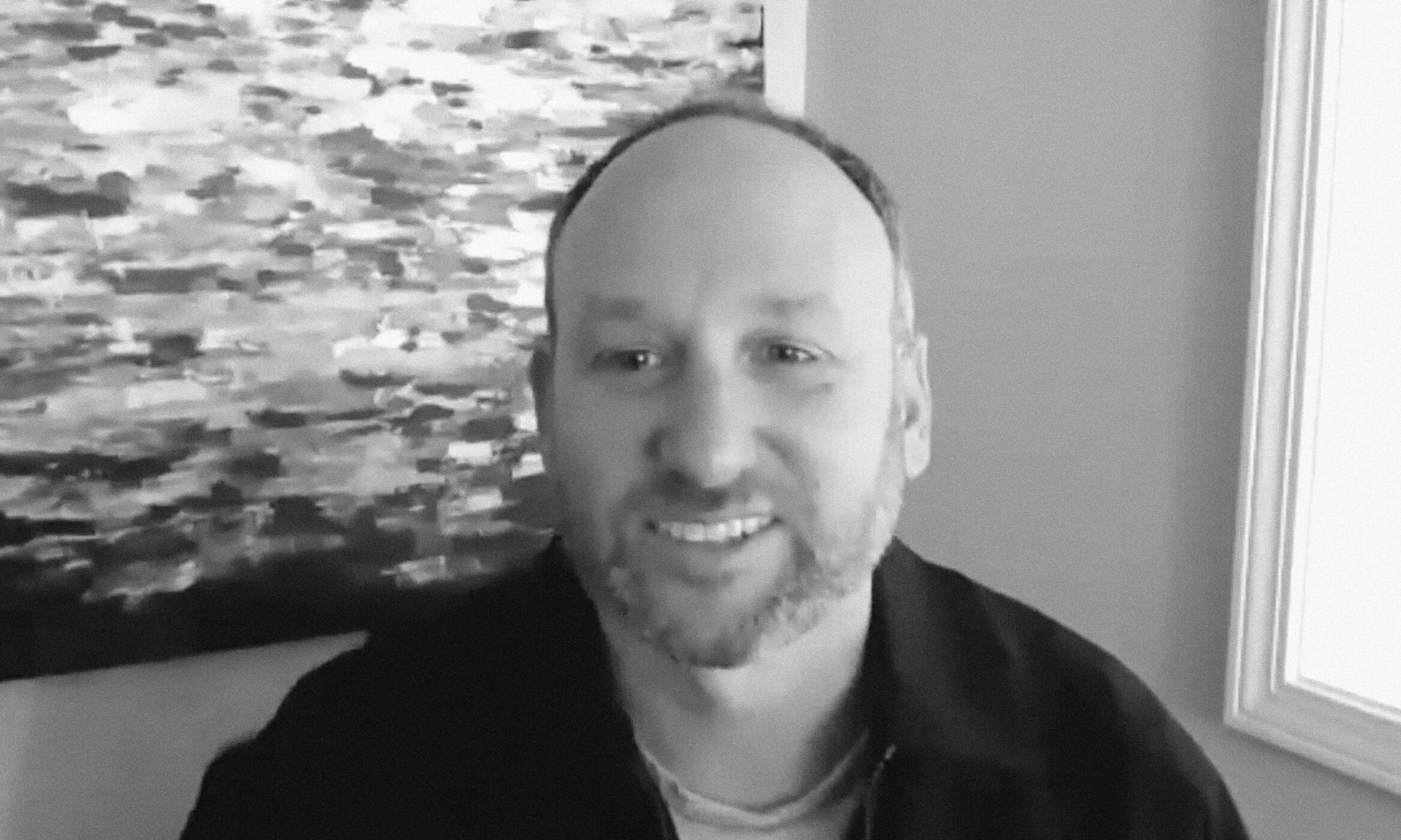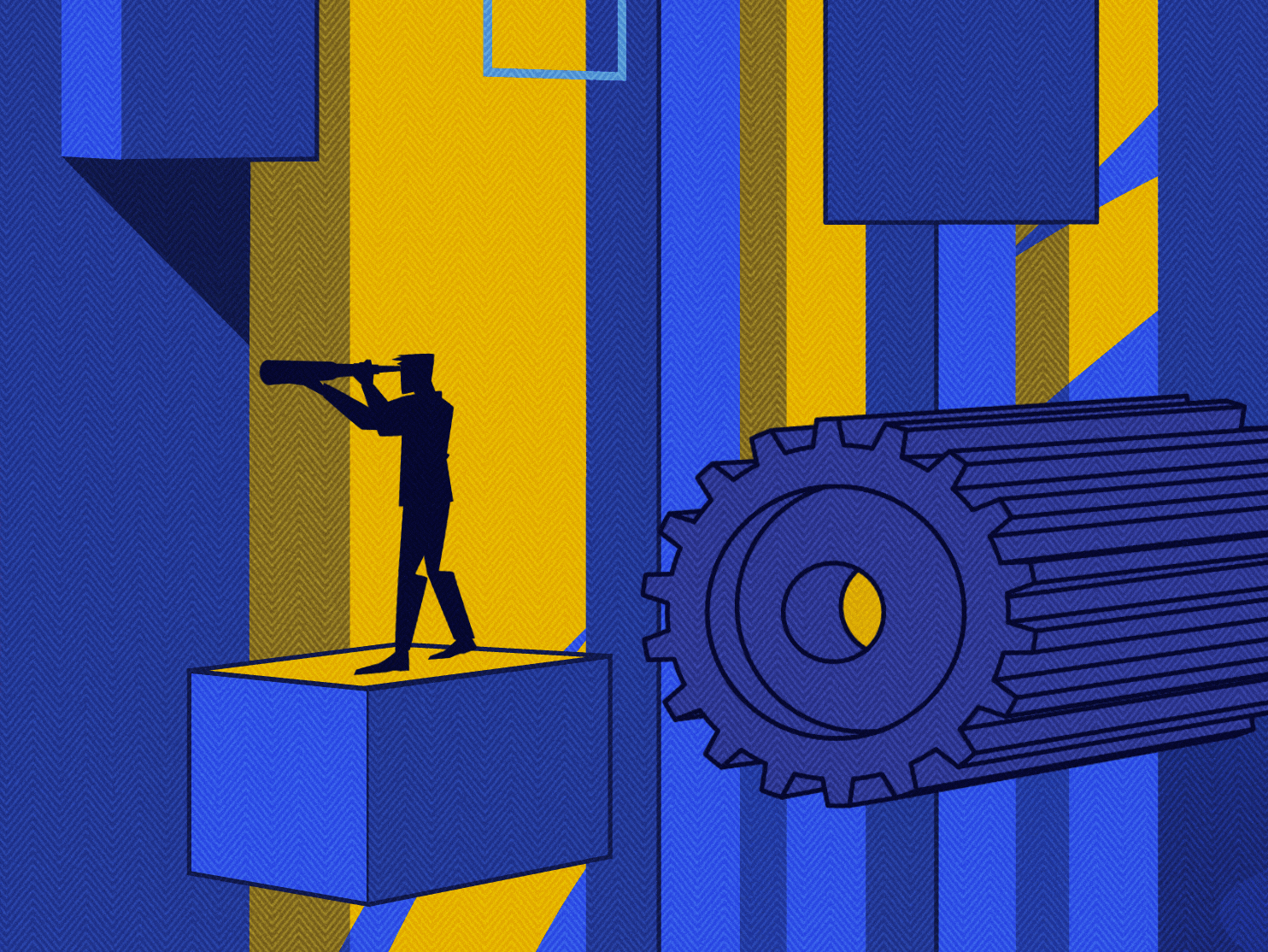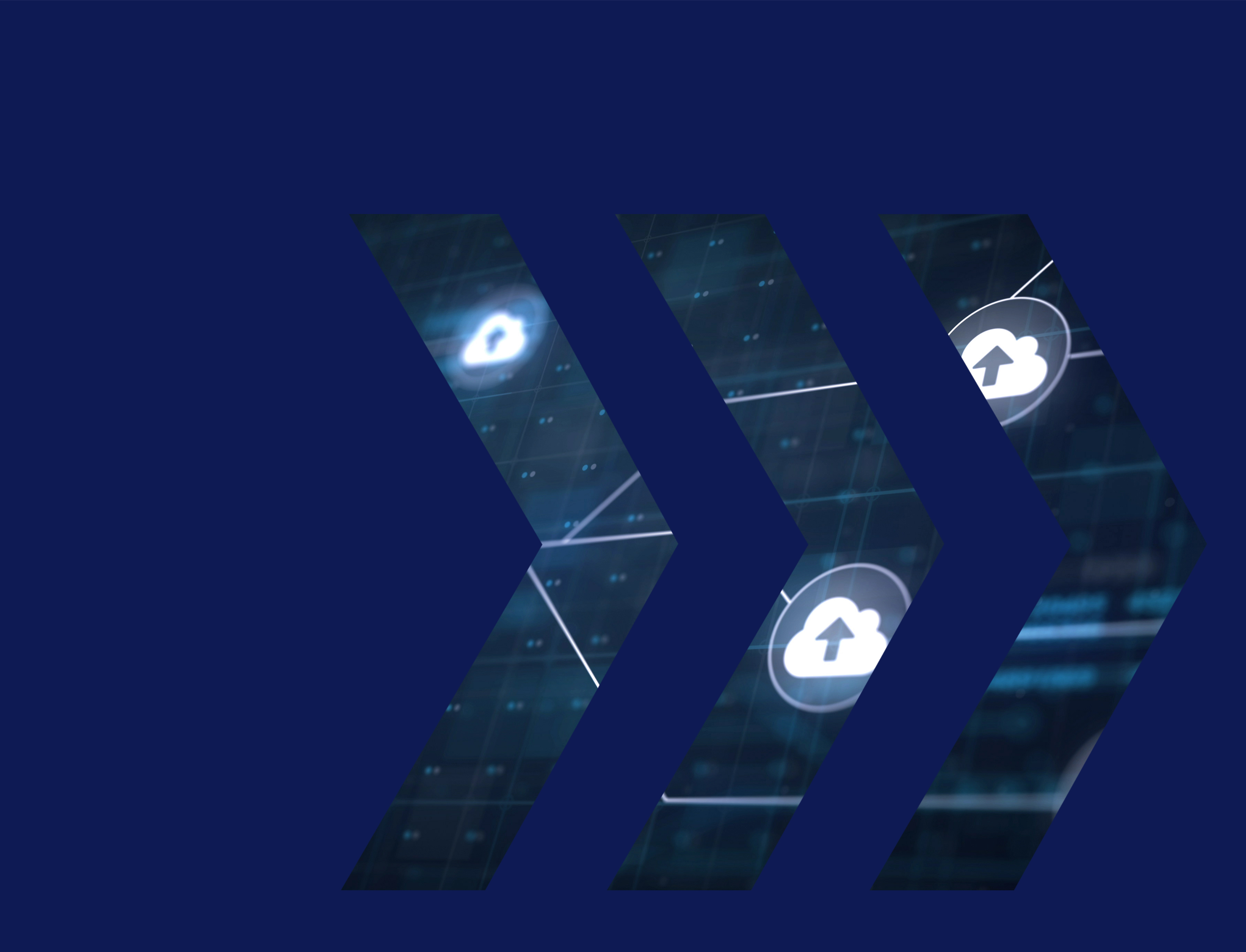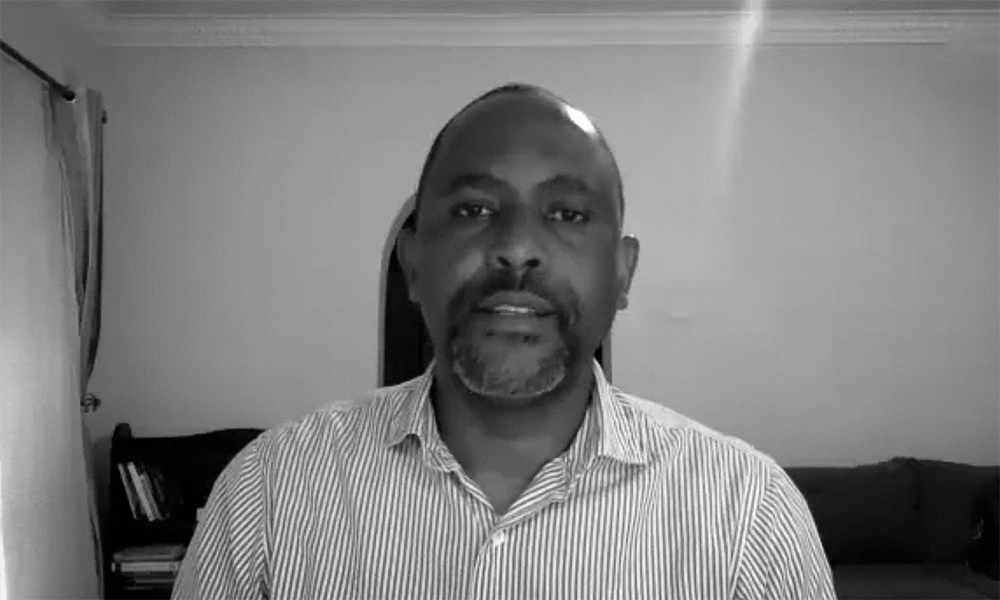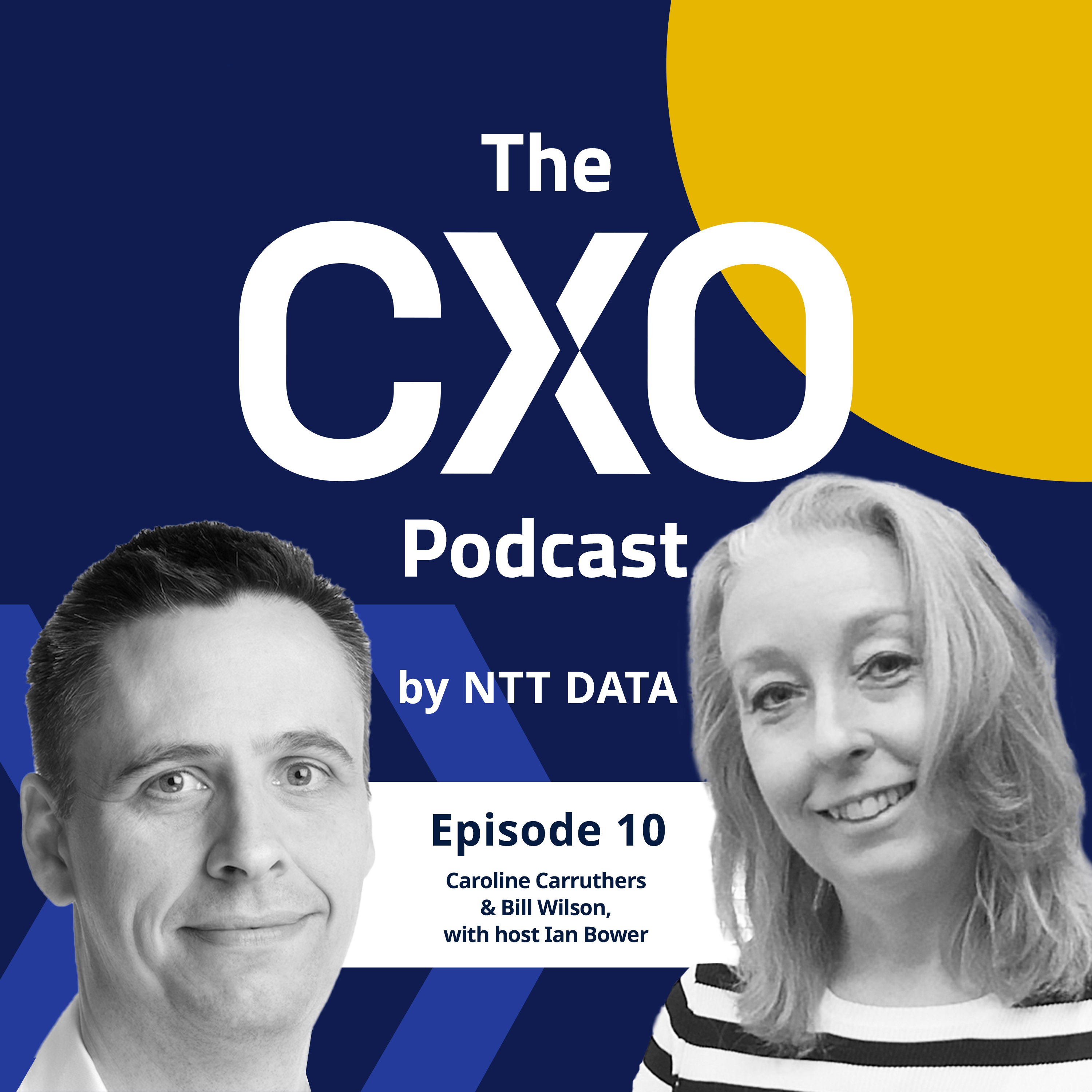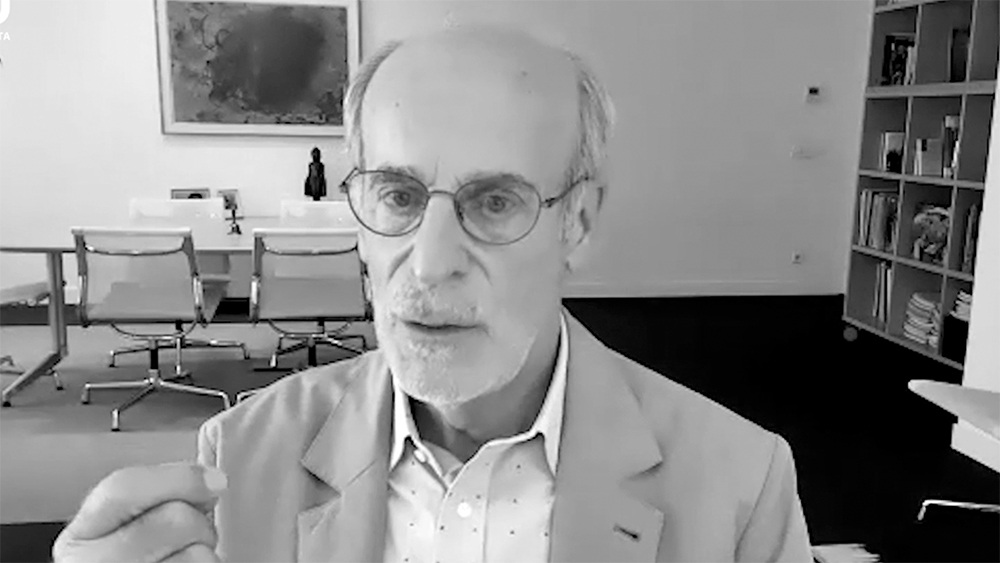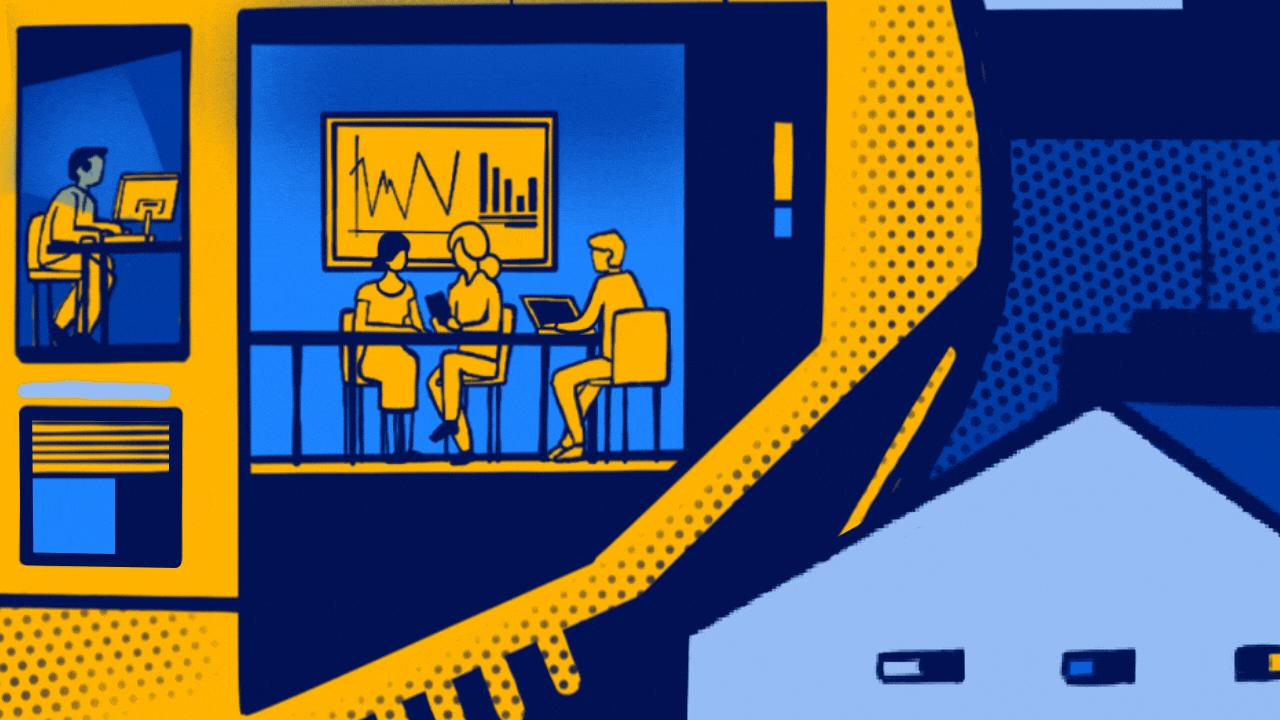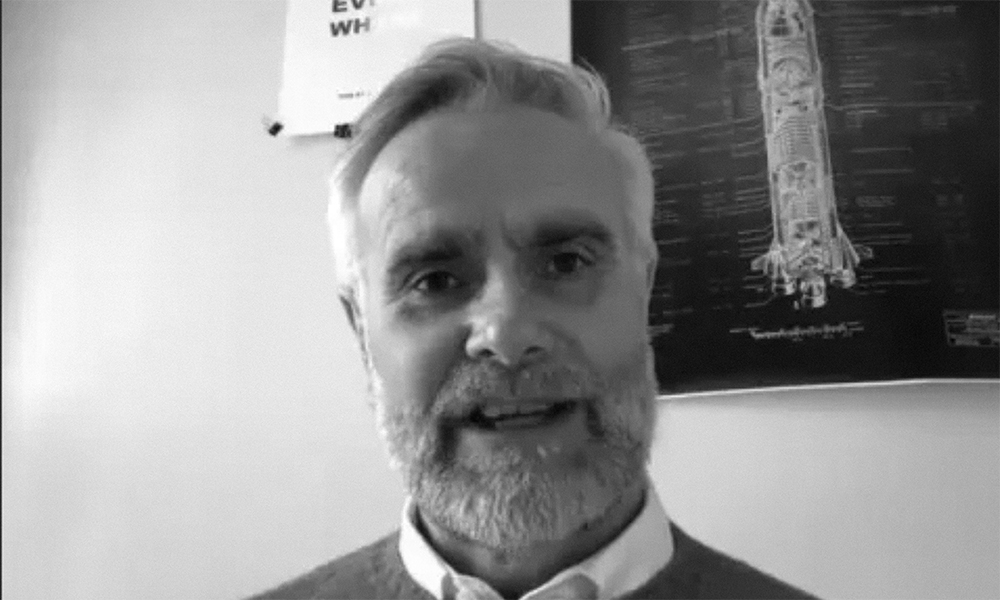
Photograph: Randy Bayne/Unsplash
The pace of change has never been as fast as it is today, yet it is likely never again to be this slow. This reality isn’t about a pandemic, or any one change, or any one year. The future is in flux. Our new-now-next-never normal is more constant change, not more certainty or stability.
Against this backdrop, traditional change management is not only under strain, nor is it merely outdated. Simply put, change management is insufficient for today’s world. In some situations, it is already broken, and in many others, it shows dangerous cracks. It is time to radically reshape how we think about, relate to and ultimately handle change. This is essential for organisational adaptability, flexibility, fluidity, resilience – and of course, agility.
Over the past 25+ years, I’ve been observing, researching and advising individuals and organisations worldwide on how to deal with seismic change: from disruptive new business models to new ways of working, and from organisational culture shifts to digital transformation. As a futurist working globally, I’ve seen first-hand how no individual, company or culture has “mastered” change. However, we’ve all developed myriad ways of coping with it – and there is a great deal we can learn from one another.
Your relationship to change begins within
One of the biggest mistakes leaders can make is to get their relationship to change backwards. They focus on “change management strategies” or “investing in uncertainty” in the external world. Yet they fail to recognise that every single strategy, investment or decision you make fundamentally depends on, and is filtered by, your internal world: your mindset.
When you take care of the internal part first — that is, your relationship to change — the external dynamics become clear.
Pause and consider:
Do you see change from a place of hope or fear?
Do you try to predict and control the future and then struggle when things don’t go to plan?
Are you excited by, or daunted by, tomorrow?
None of these reflections relate to strategy – but rather to mindset.
So why do we focus so much on strategy while paying such short shrift to our states of mind? Why do we assume that our strategic plans will work when we haven’t considered the emotional and cognitive nuances that are driving them?
Pause for a moment and reflect, really reflect, on these questions. Answer them honestly to yourself. Have you thought about change this way before? Have you ever asked your colleagues or direct reports these questions? Why or why not? Perhaps also consider what’s at stake without this information.
Today we have an unparalleled opportunity to change these dynamics for the better. Not only does a world in flux welcome this, organisational cultures and teams most likely require it to succeed. And here is perhaps the most exciting part: when you take care of the internal part first – that is, your relationship to change – the external dynamics become clear. They fall into place in new ways.
This is the beginning of what I call a Flux Mindset. It’s a reshaping of how we think about and relate to change from the inside out. It also reflects a new foundation onto which future-forward, “flux-worthy” companies learn to optimise and harness their resources – talent, capital, customer loyalty and beyond – in new ways.
Flux Mindset: The ability to see all change consistently as an opportunity, not a threat
Opening a Flux Mindset is your first step of a broader journey to thrive in a world in flux. A Flux Mindset doesn’t merely accept change but rather develops an eagerness to use change well. A Flux Mindset can be adopted by individuals and teams alike. When done well over time, an organisation’s “fluxiness” becomes part of its culture – and a competitive advantage!
One of the first steps you can take on this journey is to conduct what I call an organisational change audit. When an organisation remains true to its values, and roots its culture in them, it is invariably better positioned to succeed. Nevertheless, in my experience, fluxiness is not typically among them. This urgently needs to change.
For example, think back on this past year. No doubt you were forced to adapt regularly to new and unexpected changes. But how much of your adaptation consisted of temporary or stopgap measures to weather a crisis, and how much radical flexibility became permanently integrated into your organisational design?
A Flux Mindset doesn’t merely accept change, but rather develops an eagerness to use change well.
Or reflect on when you faced your greatest uncertainties. To whom or to what did you turn? My hunch is that you turned to your trusted relationships. Trust is how we navigate ongoing uncertainty; without it, organisations and cultures break. In a world in flux, trust is also your moral compass and differentiator. Trust is what keeps customers coming back (without a marketing budget!). And yet, trust cannot be bought; it can only be earned by showing up and following through, time after time after time.
Organisational design flexibility and trust are two baseline metrics of organisational fluxiness. Other metrics relate to sustainability, purpose, talent engagement, customer relationships and how you “see” your role and agency in the world. They are also closely related to the eight Flux Superpowers, which a Flux Mindset serves to develop. Several of them enable us to rethink what metrics we’re using, to begin with, and how to measure what really matters.
A Flux Mindset and the ability to adapt
When we hear the word resilience, most people think of bouncing back, like an elastic band. But what do we do when what we would like to bounce back to is no longer there? In many respects, this describes the reality we’re faced with today.
And yet, resilience isn’t merely elastic. It is also plastic: capable of forming new shapes and casting new horizons. The ability to adapt in today’s world in flux requires organisations, leaders and talent across the board to boost their plasticity – and a Flux Mindset can help.
The word flux is both a noun and a verb. As a noun, it means continuous change; as a verb, it means to learn to become fluid. It’s perfectly suited to your agility. So remember: this isn’t about 2020, or any one year, or any one change. Your ability to adapt, flex and flux is your hallmark and defining strength – today, tomorrow and from here on out.


